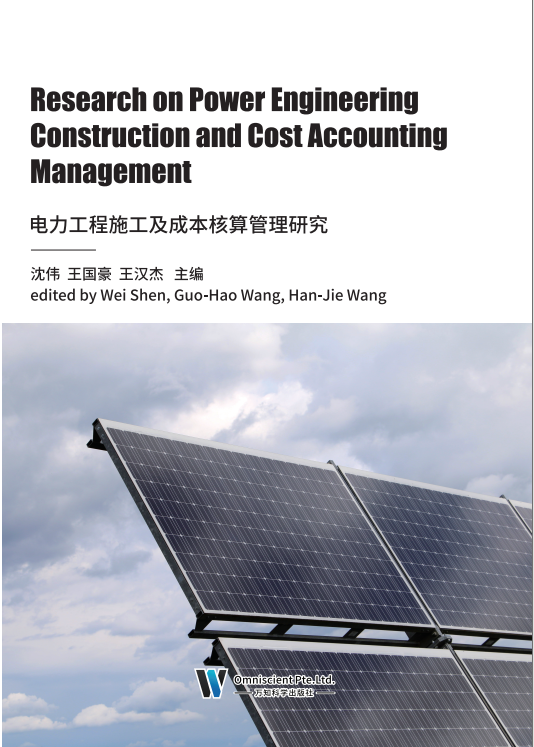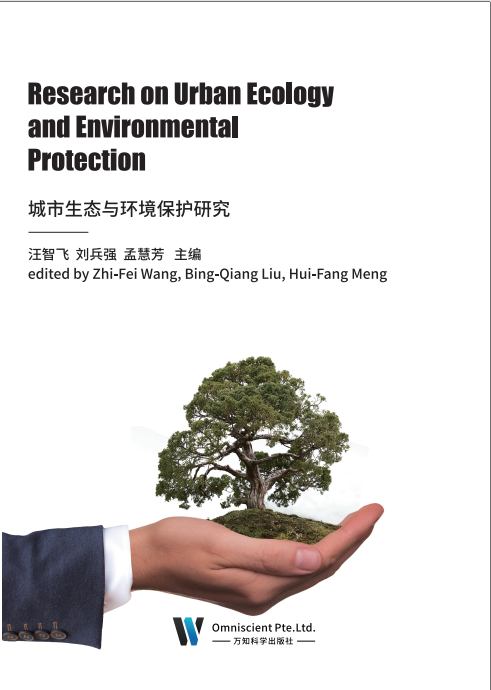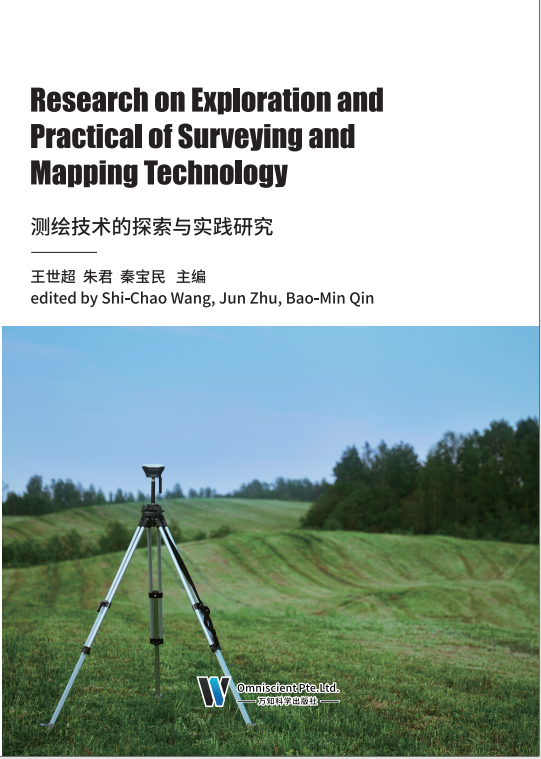
电力产业的繁荣发展对国民经济的增长有着重要的影响意义,电力工程项目内容复杂,无论是技术上的应用还是管理上的掌控,都给企业带来挑战。不仅如此,电力工程施工现场有着较多临时设备,这对施工人员的安全操作提出了高要求,为解决现场安全隐患,电力企业有必要对人员展开施工安全与质量管理。
电力工程项目建设作为电力事业发展的重要组成部分,其有效管理的实施直接关系着电力企业经济效益的提高,虽说电力项目建设管理在理论和实践方面得到了长足的发展,但随着人口的增多以及人民生活水平的提高,对电量的需求逐渐扩大,新建、改建或扩建电力项目不断增多,这对电力工程项目建设管理提出了更高的要求,因此,对电力工程项目建设管理的研究具有一定的实际意义。电力工程项目建设管理是基于电力工程项目建设全过程的,包括组织管理、质量管理、成本管理等诸多环节,对电力工程项目建设管理进行系统性的分析。
电力工程项目管理对于我国的电力工程建设而言仍然是一个比较成熟的事物,但在实践中还需要学习和了解很多东西。这就需要我们的电力工程项目管理者在今后的实践中继续坚决推行系统化管理,取得更辉煌的成就。
本书主要对电力工程项目管理及实践研究进行研究,从电力工程施工项目管理的相关概念入手,简单介绍了电力工程项目管理规划与管理组织相关内容,并结合实践,从电力工程成本管理、电力工程项目招投标与合同管理、电力工程质量管理、电力工程结算与决算、电力工程项目人力资源与沟通管理五方面对电力工程项目管理做了具体的分析和研究。希望本书能够为相关人员提供经验和借鉴,推动我国电力工程项目管理的优化和电力工程的发展。

电力工程施工技术具有很强的复杂性,是一项技术含量高、工作量大、时效性强的工作,必须不断提高电力工程施工技术水平,才能提升电力工程质量。为此,在具体的施工过程管理中,要不断强化质量意识和责任意识,及时发现电力工程施工中存在的问题,消除施工中的安全隐患。要不断加强电力工程施工经验的积累,积极学习和借鉴国内外的先进技术,不断完善管理体系和施工技术标准,打造优质的电力工程项目,提高电力企业的市场竞争实力,使企业在激烈的市场竞争中取得优势地位,推动电力企业的持续发展。
电力工程项目所需的投资较一般工程项目大很多,成本管理是在保证电力工程施工质量和进度前提下,从开工到竣工对各项收支进行严格控制和把关,使各项成本控制在预定的计划成本之内,以用最小的成本实现利润最大化。因此、电力企业必须更加关注工程项目的成本管理,强化成本控制,提高管理水平,向成本要效益,向管理要效益。
本书主要对电力工程施工及成本核算管理进行详细的讲解。电力企业经济管理中成本核算具有很重要的意义,其不仅能够让供电企业获得最大的收益,还能全面地提高供电企业的运行效率。成本核算与控制的最根本目标是实现利润最大化。财会人员要掌握现代化的核算手段,在项目设置与成本预控上,不断地创新与完善,才能最终实现企业利益的最大化。

实际上,测绘行业的基本工作就是借助一定的工具和先进技术取得某固定地区的位置信息和建筑情况,并且将其进行数据化整体直观清晰地展现出来,因此它也是建筑工程和城市绿化的得力助手。而大数据作为新时代衍生的产品,在一定程度上促进了测绘行业的空前发展,对采集到的地理信息进行有效分析,从而为组织提供可靠依据,从而提高行业效益和社会效益。
众所周知,地理信息的测绘内容对其自身的精准度和数据收集的要求极高,尤其是在进行分析评估方面,往往需要比较很多样本才能将其精准度达到要求,从而得到最具准确的结果。现在,大数据的应用范围广泛且在各行业也已经取得了显著成效。
在新时代背景下,传统的地理测绘手段已经不能适应当代的需求,而大数据可改进测绘技术体现出其最大价值,在实际的技术手段转变过程中,大数据为其提供了可靠依据,提供了转变的方向。另外,目前我国的地理测绘相关部门已经将大数据与地理信息测绘系统相结合,运用于多种测绘技术。这对于我国地理测绘行业来说,大数据时代的到来无疑是一件利器,给地理测绘行业形成了新的挑战和机遇。然而,在大数据给地理测绘行业带来经济效益的同时,也面临着更大的挑战。因此,相关企业要根据自身的实际运行情况和业务需求,合理科学地利用大数据,不断优化数据系统,提升业务能力,以期为地理测绘行业谋取更大的经济效益。

地球是一切生命的摇篮。在广阔无垠的宇宙中,人们迄今为止还没有发现其他星球上有生命存在。我们的地球,具备生命所必需的阳光、空气和水等物质,地球到处都有生命活力的踪迹。
但是,随着经济的发展,人类对环境的影响和改造环境的能力逐渐增加,自然地和人为的因素已使地球变得百孔千疮,面目全非,严重低影响了人类的生存和发展。为此,作为地球的主人,必须真正认识到“只有一个地球”的价值和含义,要珍惜自己脚下的每一寸土地,每一片水体,每一立方米的大气,保护人类生存的唯一环境——地球。
城市是人类的重要居住地,良好的城市居住环境是人类生存繁衍和社会经济发展的基础,是人类社会文明发达的标志,是实现城市可持续发展的必要条件。城市生态环境的质量直接影响着社会进步、人类健康和城市现代化的建设。由于城市生态环境建设在维护整个生态平衡中具有特殊的地位和作用,保护城市生态环境,维护城市生态安全与健康,实现城市的可持续发展,已成为时代的迫切要求和人民的强烈愿望。
由于城市既是人类科技进步、社会经济发展的发源地,也是人类环境问题和环境危机产生的重要策源地。因此,城市生态环境问题已引起各国政府和科学家的普遍关注。
我国城市生态环境研究,单要素研究发展较快,较深入,如城市气候、城市地貌、城市水文、城市环境污染等,都有专著出版,成果较多,但系统综合的城市生态环境研究却较少见。因此,研究城市生态环境问题,寻求解决城市生态危机的对策,
探讨城市环境污染的有效治理措施,协调社会经济发展与城市生态环境之间的矛盾,已成为现代城市生态环境研究中亟待解决的一项重大课题。

测绘工作是国民经济建设和社会发展的一项前期性、基础性工作,是构成地理信息产业的基础和主干。它为国家经济建设和社会发展提供与地理位置有关的各种专题性和综合性的基础信息,其成果是进行资源调查、环境监测、农田建设、能源、交通、水利等大型工程建设、城乡规划建设、土地开发利用、重大灾害监测预报和科学研究、国防建设以及国家宏观管理决策必不可少的基础资料。随着空间科学、信息科学和计算机技术的飞速发展,测绘科学技术也进入了一个新时代。目前,国内外测绘科学技术的发展出现了下列主要趋势。
大地测量自采用快速高精度空间定位技术,特别是GPS技术以来,逐步从静态大地测量发展到动态大地测量,作用范围从地球局部区域扩展到全球,研究对象从地球表面几何形态深入到研究地球内部物理结构及其动力学机制,传统大地测量理论和技术将产生重大变革。应用大地测量技术对地壳运动和海平面变化进行精确监测和研究,及时对因环境变化而产生的自然灾害做出精确预报将受到普遍的重视。
摄影测量的发展经过模拟摄影测量、解析摄影测量时代,已经进入到目前的数字摄影测量时代。数字化摄影测量系统已经进入商品化的阶段;将数字摄影测量系统与地理信息系统结合,促进了测绘生产过程的数字化和自动化;利用GPS确定航摄外方位元素,从而实现无地面控制点或少地面控制点的航空摄影测量,摆脱繁重的野外控制测量工作。
遥感技术正朝向多种传感器、多级分辨率、多频谱、多时相的信息获取和快速实时的智能化信息处理的方向发展。利用遥感技术对大陆、海洋、大气等地球环境的变化进行长期观测和分析,已经与遥感制图,地球资源调查一样成为遥感技术的主要方向。高分辨率卫星摄影系统、高分辨率成像光谱仪、合成孔径雷达等新型传感器及其影像信息处理系统日益受到重视。
地理信息系统已在某些专业得到应用并进入商品化生产的阶段,计算机技术和通信技术的迅速发展,使GIS向多样化和分布式处理迈进。在信息存储、数据库建立、查询检索、统计分析和自动制图等基本功能的基础上, GIS逐步进入开发分析、评价、预测、决策支持模型以及增加智能化功能的发展阶段。 GIS将各种空间信息与自然、社会、经济及其他要素相结合,用于研究局域和全球性问题。光盘存储技术、可视化技术、多媒体技术在GIS中的应用也日益引人注目。 GIS、 GPS、 RS三系统集成,满足实时、准时要求的空间信息处理技术的应用,将大大加快空间信息获取、处理与更新的速度,提高测绘生产的质量和效率,为国民经济建设与社会发展以及管理决策提供更广泛、更有效的服务支持。
地图学的发展呈现出多层次、多领域、多时态、多功能的特点,遥感技术、地理信息系统技术、计算机辅助制图技术与多媒体技术的发展,将使地图制图学的基本理论、技术方法和手段、工艺过程发生根本性的变化。研究解决利用遥感技术和其他手段快速更新地图信息,实现地图内容的自动综合,以及研制实用化专题地图设计专家系统、地图自动编辑制版系统和地图信息分析应用专家系统,是当今地图制图技术发展的关键。
海洋测绘方面,海洋测绘技术发展的总趋势是向高精度、全覆盖、全过程自动化的方向发展。采用以卫星定位技术为核心的多手段组合定位以及用卡尔曼滤波等方法处理提高测量定位精度;研制高精度条带式测深系统、航空航天遥感测深系统等,实现海洋信息全覆盖测量;继续提高海洋测绘自动化程度,建立与海洋测量外业一体化的海洋测量数据库,与海图自动制图系统衔接,建立数据库,最终建立海洋测量信息系统。
测绘技术的不断发展,使得测绘学的应用范围越来越广,服务对象也越来越多。现代测绘学的内容广泛,任务涉及面大,是现代高新技术互相渗透的结果。现代测绘学与传统测绘学有所不同,它不只是手段先进,方法新颖,而且其研究和服务的对象、范围越来越广泛,重要性越来越显著。